Join the author, Néstor T. Carbonell, as he shares a critical analysis of the Castro-Communist regime
and explores the challenges and opportunities that will likely arise when freedom finally dawns in Cuba.
CHAPTER 11: Castro’s Detente Game: From Johnson to George H. W. Bush
According to Helms, Nixon ordered both tracks to be followed simultaneously, despite the reservations of the CIA’s station chief in Santiago, who warned, «Parameter of action is exceedingly narrow[,] and available options are quite limited.» In a follow-up message to Washington, he added, «Urge you do not convey impression that station has sure-fire method for halting, let alone triggering, coup attempts.»
Nixon and Kissinger offered their respective versions of this episode. The president stated in his memoirs that having been «informed that our efforts were probably not going to be successful… I instructed the CIA to abandon the operation.» He seemed to be referring to the coup attempt. Kissinger, for his part, asserted in his memoirs that Track II was «terminated by me» on October 15.
The fact is that both tracks either were aborted or failed to materialize, and Allende was confirmed as president by the national congress on October 24, 1970. As a result, Chile became an important theater of the Cold War. Moscow and Havana would try hard to consolidate their momentous gain, and Washington would seize every opportunity to thwart it.
During the first year of Allende’s term in office, things seemed to be going his way. With his class warfare rhetoric, combined with agrarian reform, the nationalization of industries, and heavy spending, he was able to boost GDP growth by nearly 8 percent and fire up large swaths of the population. The Kremlin was pleased with the initial implementation of Allende’s socialist agenda and continued to provide guidance and substantial funding to his government.
Castro also lent Allende his full support and carefully planned a grandiose trip to Chile to bolster him. Like a Roman proconsul, Fidel arrived in Santiago in November 1971 with a large retinue of bodyguards, intelligence officers, and government aides and turned his state visit into a three-week nonstop roving spectacle.
He visited nine provinces and rallied the workers, incited the farmers, and aroused the students. But not all was show and harangue. Under the radar screen, Fidel strengthened Allende’s Praetorian Guard—the black beret Grupo de Amigos Personales—mainly comprising an elite Cuban paramilitary force of proven loyalty to the Communist cause.
By early 1971, the economy began to turn against Allende, and the situation got worse the following year. Productivity had fallen, growth had virtually vanished, and the world market price of copper—Chile’s main source of income—had collapsed. Since Allende’s election in 1970, Chile’s currency had been devalued on the open market by a stunning 10,000 percent.
The CIA could not take credit for «making the [Chilean] economy scream» as instructed by Nixon; the crisis was mainly triggered or aggravated by Allende’s dismal policies. But the agency did take advantage of the ensuing malaise, fomenting angry protests that destabilized the government and paved the way for the military coup.
The KGB started to downgrade Allende’s prospects of survival. They pointed to his «distractions»—frequent carousing as an inveterate womanizer. Although married, he had a collection of mistresses, but his favorite seemed to be his personal secretary, code-named MARTA by the KGB. There were reports of orgies held in a hideaway outside Santiago where Allende and other lecherous bigwigs and their courtesans watched sex films and cavorted.
But what worried the KGB the most was not Allende’s dissipated life; it was his inability to purge the armed forces and security system and to bring them under his control. He was also criticized for his reluctance to crush the opponents who were stirring unrest. These deficiencies, the KGB highlighted, increased his vulnerability to a military coup.
Sure enough, irate protests escalated in 1973, along with several waves of strikes by truckers, among others. To complicate matters for the president, the opposition won the parliamentary elections held in March, and soon thereafter the congress declared that Allende’s flagrant violations of the charter had given rise to a «constitutional breakdown,» which called for appropriate action to restore law and order.
The stage had been set for the overthrow of the regime. Allende had declared that «if the hour comes, the people will have arms.» By that he meant that he would mobilize militias and left-wing paramilitary groups if faced with an army revolt. The hour came, however, and he foiled to live up to his promise.
The CIA certainly had sown the seeds of regime change, but the-» agency apparently learned of the coup only two days before it was launched and was not directly involved in the planning or execution of the overthrow.
When General Pinochet and his military junta rolled the tanks on September 11, 1973, Allende entrenched himself in his presidential offices, defended by only fifty to sixty of his mostly Cuban Praetorian Guard and half a dozen officers from the Servicio de Investigaciones. Faced with inevitable defeat, Allende reportedly sat on a sofa of his office, placed the muzzle of an automatic rifle (a gift from Castro) beneath his chin, and blew his brains out. (There is, however, a different account of Allende’s death. According to several Cuban exiles with intelligence background and links, the Chilean president was shot by one of Castro’s guards when he was about to surrender to the military.)
In the context of the Cold War, the overthrow of Allende’s regime by the anti-Communist military junta was viewed as a victory by those who did not camp with the Soviets and with Castro. A second Cuba, with Chilean characteristics, had been averted. But the victory was not damage-free. It left in its wake a political casualty: the temporary eclipse of democracy.
This was the same fate of Argentina, Brazil, Uruguay, and other Latin American countries: when assailed by the Castro-Communist onslaught, they could not find a better option than military dictatorships. Democracy was not strong enough to fend off the threat and survive.
Gerald Ford (1974-1977)
The spirit of detente, which led to the opening of China and the lessening of tensions with the Soviet Union, lived on after Nixon’s resignation. It prompted his successor, Gerald Ford, to make a serious attempt to put behind the «perpetual antagonism» between the United States and Cuba. The goal was to remove the obstacles that had impeded the normalization of relations. Past failures did not deter a further try.
This new rapprochement was actually initiated by Secretary of State Henry Kissinger late in the Nixon administration. Congressional pressure to turn over a new leaf on Cuba was mounting. Senators William Fulbright, Frank Church, and Edward Kennedy, among others, had introduced legislation to lift unilaterally the US embargo on Cuba.
In addition, several Latin American governments wanted to rescind the multilateral diplomatic and economic sanctions imposed by the OAS on Cuba. They believed that Castro-Communist subversion was a thing of the past. In any case, they argued, it was better to bring the chief instigator (Castro) back to the fold than to keep him out.
Still, Cuba remained a controversial political issue in the United States, so Kissinger guardedly looked for an intermediary to make initial contacts with the Castro regime (as President Kennedy had done with journalist Lisa Howard following the Missile Crisis). The choice this time was Frank Mankiewicz, a freelance journalist and former spokesman for Robert Kennedy who had recently shot a documentary on Cuba for CBS and was returning to Havana to interview Castro and write a book for Playboy Press.
According to Kissinger, Nixon was not enthusiastic about the emissary, but he went along with a message to Castro along these lines: «America in principle was prepared to improve relations [with Cuba] on the basis of reciprocal measures agreed in confidential discussions … and was willing to show our goodwill by making symbolic first moves.» The message stressed that «any substantial progress would depend on the strictest reciprocity on the part of Cuba.»
Castro, who enjoyed playing the diplomatic game when it suited him, promptly responded with finesse. He asked Mankiewicz to bring back to Kissinger a box of Cuban cigars, courtesy of Fidel, along with a message expressing interest in a «relaxing of tensions.»
A preliminary meeting was held on January 11, 1975, at a cafeteria in New York, by Deputy Undersecretary of State Lawrence Eagleburger with two Castro representatives: Ramon Sanchez Parodi, a senior official of the Cuban Communist Party, and Nestor Garcia, first secretary of Cuba’s UN mission. This was followed by a substantive discussion on July 9 at the Pierre Hotel in Manhattan, led by Assistant Secretary of State for Inter-American Affairs William Rogers, who covered some of the steps approved by Secretary of State Henry Kissinger to relax tensions, phase out the embargo, and normalize relations.
After touching on several not-too-controversial issues like the release of eight Americans held in Cuban prison and giving the green light for family visits in both directions, the US delegation raised sensitive matters but toned them down to avoid early clashes. These included a reasonable limit to the continued Soviet military buildup in Cuba; restraint in the Castro regime’s campaign calling for Puerto Rico’s independence; containment of subversive activities in other countries; and compensation for US properties confiscated by the regime. (Discussion of potential break points, such as respect for human rights, transition to democracy, and nonalignment with the Soviet bloc, was left for subsequent meetings.)
As expected, the Castro delegates raised their own issues and demands, such as the lifting of the US embargo; payment of damages to Cuba; the end of CIA conspiracies, and the return of the US base of Guantanamo. But they did not engage in diatribes or walk out of the meeting. The members of the US delegation were quite satisfied with the results of the discussion and felt there was room for negotiation and ultimate compromise.
Eager to clinch a deal with Castro, the Ford administration offered several inducements to the Cuban ruler without any quid pro quo. First, the United States voted in favor of the July 29, 1975, OAS resolution, effectively ending the multilateral diplomatic and economic sanctions against the Castro regime. Then on August 19, President Ford eased the US embargo, allowing foreign subsidiaries of US companies to trade with Cuba, dropping foreign aid penalties on countries trading with the island, and permitting ships en route to Cuba to refuel in the United States.
( WILL CONTINUE NEXT WEEK)
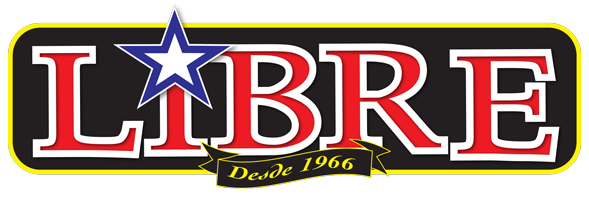
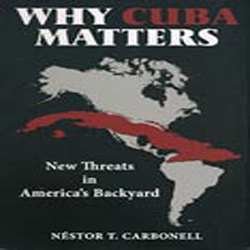

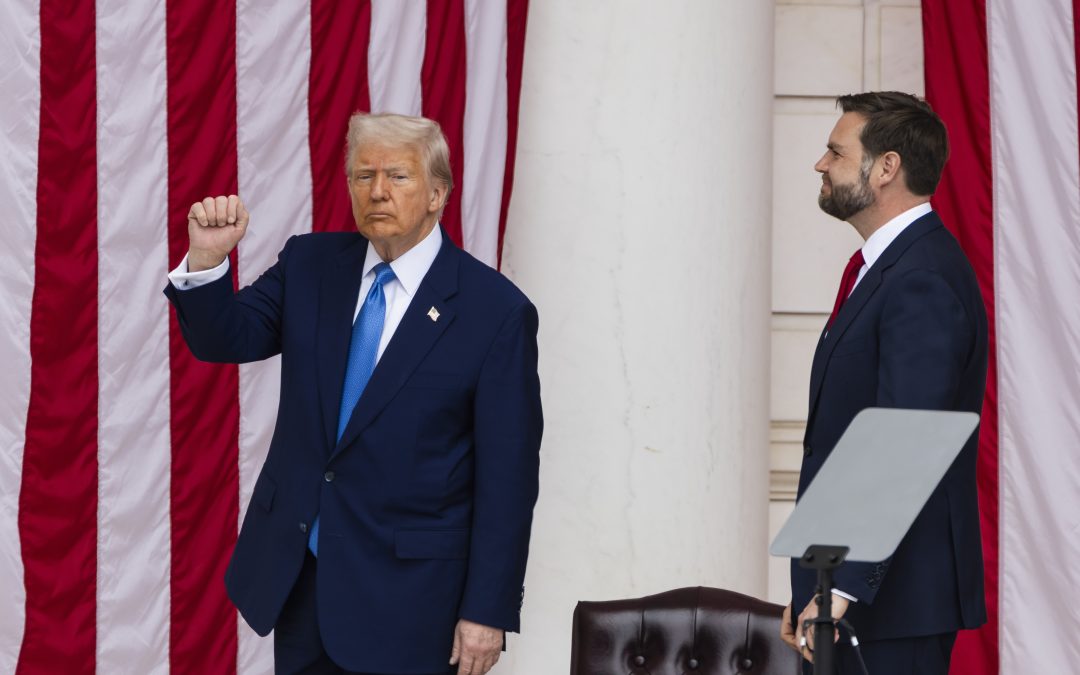
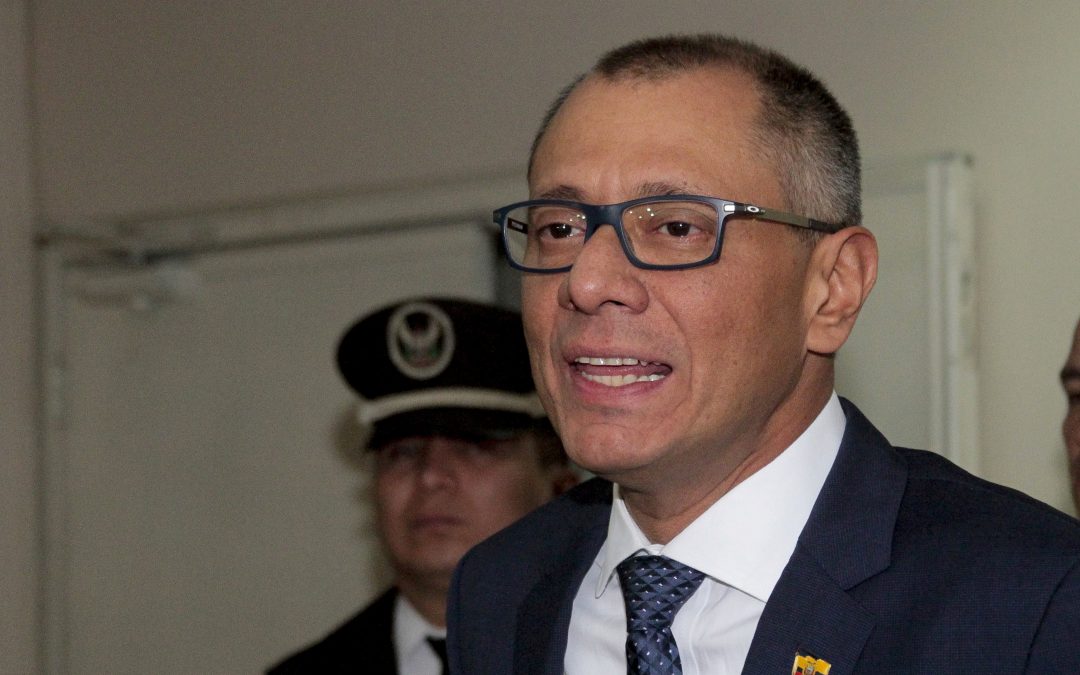
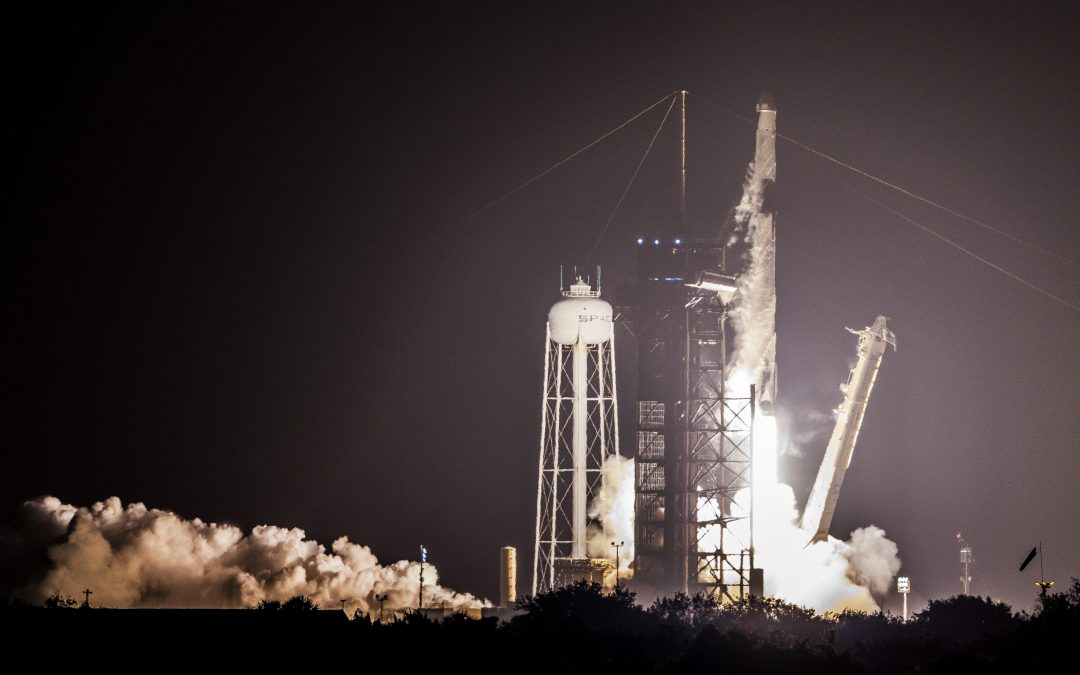
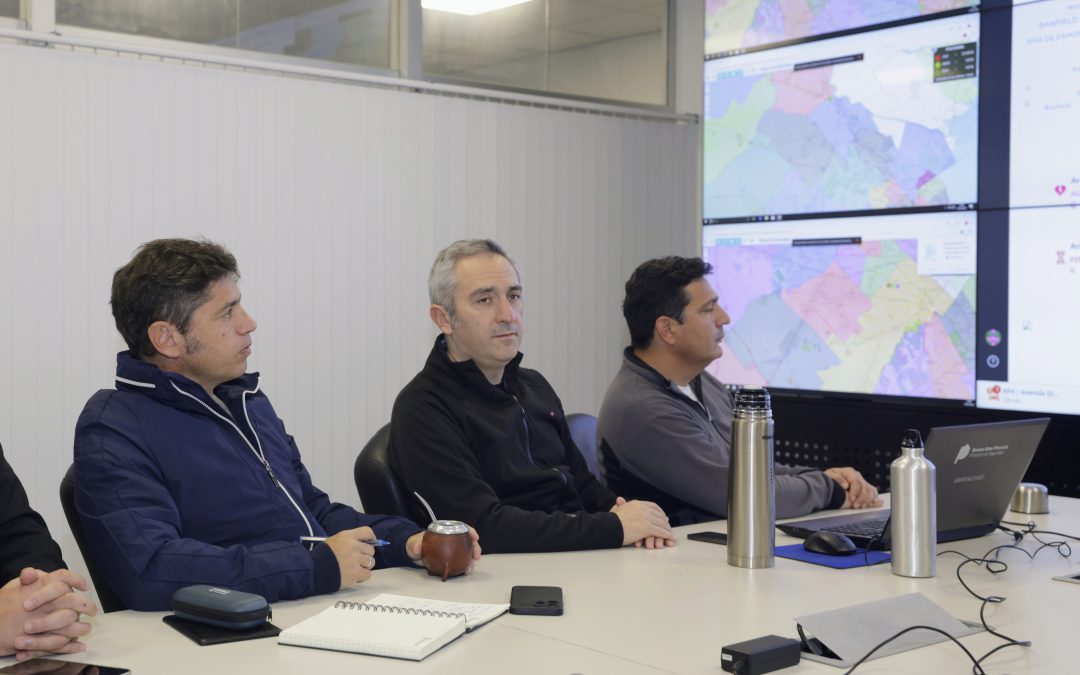

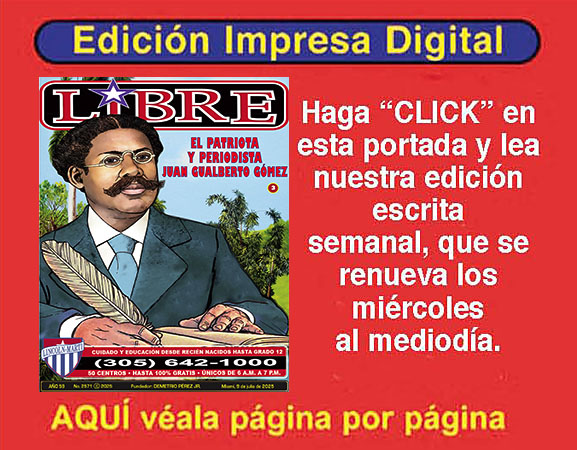

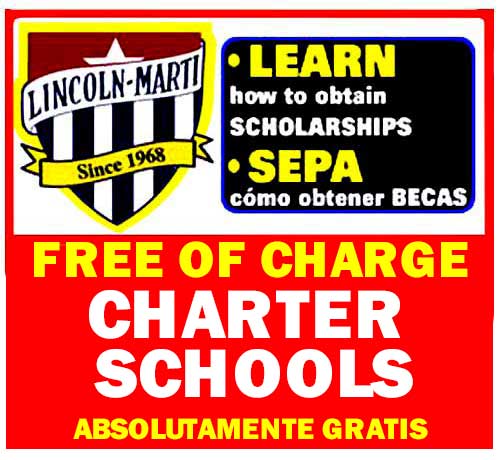
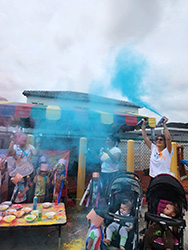
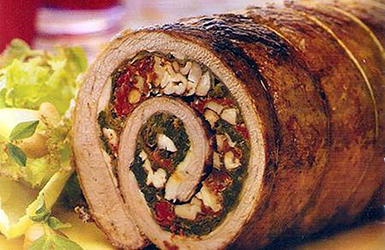
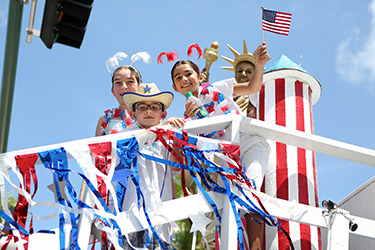
0 comentarios